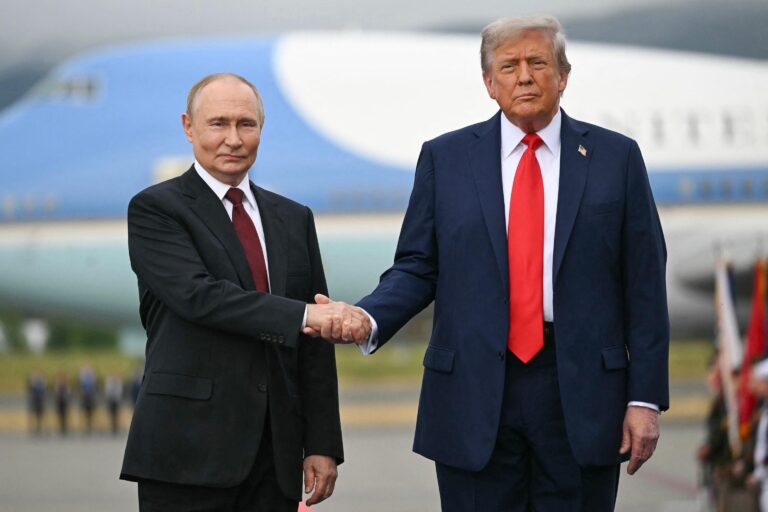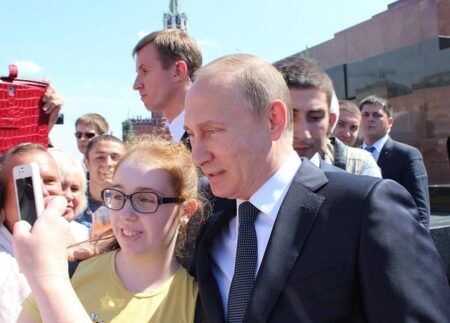In a high-stakes summit marked by sharp exchanges and mutual distrust, U.S. President Donald Trump and Russian President Vladimir Putin concluded their Alaska meeting without any formal agreements. The encounter, held amid escalating tensions between the two global powers, highlighted deep divisions on issues ranging from election interference to geopolitical conflicts. This article breaks down the key takeaways from the Alaska summit, providing insight into the challenges and implications of the fraught U.S.-Russia relationship.
Trump Putin Alaska Summit Ends Without Agreement
The high-stakes discussions between the United States and Russia in Alaska concluded with no formal agreement, underscoring the deep divisions that continue to define the bilateral relationship. Both delegations emerged with starkly contrasting narratives, highlighting unresolved tensions on issues ranging from election interference to military activities in Ukraine and Syria. Despite attempts to find common ground, the summit exposed the ongoing mistrust and competing geopolitical interests shaping the future of US-Russian diplomacy.
Key moments from the summit included:
- Sharp exchanges: Verbal sparring over human rights and cyberattacks set a confrontational tone early on.
- Ukraine debate: Moscow’s insistence on NATO’s non-expansion clashed with Washington’s support for Ukrainian sovereignty.
- Strategic ambiguity: Both sides acknowledged severe disagreements but emphasized the need for continued dialogue.
| Topic | US Position | Russia’s Position |
|---|---|---|
| Election Security | Denies interference, demands transparency | Denies allegations, accuses US of hypocrisy |
| NATO Expansion | Supports allies’ sovereign right to join | Views as direct threat to national security |
| Arms Control | Calls for renewed treaties | Suggests new frameworks needed |
Areas of Disagreement Highlight Lingering Geopolitical Tensions
The summit in Alaska starkly exposed the deep-rooted divisions that continue to define US-Russia relations. Despite attempts to find common ground, both sides clung steadfastly to their respective narratives, underscoring unresolved conflicts over cybersecurity, election interference allegations, and regional military engagements. The intense exchanges between President Trump’s administration and President Putin’s delegation revealed a mutual unwillingness to compromise, reflecting broader geopolitical competition that transcends the immediate issues discussed.
Key points of contention included:
- Cybersecurity threats: The US accused Russia of orchestrating persistent hacking campaigns, while Russia denied involvement and countered with allegations of American cyber espionage.
- Election meddling: Accusations flew over interference in democratic processes, with no substantive agreement reached on investigative cooperation.
- Military presence: Disputes over troop deployments and influence in Eastern Europe fueled tensions, highlighting the fragile security balance in the region.
| Issue | US Position | Russia Position |
|---|---|---|
| Cybersecurity | Accused Russia of state-sponsored hacking | Denied allegations; accused US of double standards |
| Election Interference | Demanded transparency and accountability | Rejected claims; called for mutual respect |
| Military Activity | Warned against aggressive troop movements | Asserted right to defend national interests |
Experts Advise Renewed Diplomatic Engagement to Avoid Future Stalemates
Analysts stress that the recent deadlock between the US and Russia highlights a pressing need for sustained, strategic dialogue beyond high-profile summits. Without consistent diplomatic channels, both nations risk recurring stalemates that undercut global stability. Experts emphasize building trust through incremental negotiations, focusing on smaller, manageable issues before attempting broader agreements.
Key recommendations from global foreign policy specialists include:
- Establishing specialized working groups for targeted bilateral concerns such as cybersecurity and arms control.
- Prioritizing back-channel communications to circumvent public political pressures during sensitive talks.
- Engaging multilateral bodies to facilitate transparency and external accountability.
- Regular diplomatic exchanges at multiple levels to maintain momentum and prevent miscommunication.
| Focus Area | Suggested Approach |
|---|---|
| Arms Control | Revive existing treaties with new verification mechanisms |
| Cybersecurity | Develop joint norms and rapid response protocols |
| Regional Conflicts | Facilitate conflict resolution via third-party mediation |
| Climate Policy | Coordinate on global environmental commitments |
Future Outlook
As the Alaska summit concludes with no agreement reached between President Trump and President Putin, the event underscores the enduring complexities in U.S.-Russia relations. Despite efforts to find common ground, deep-seated mistrust and divergent interests prevailed, leaving many critical issues unresolved. Observers will be closely watching how both administrations navigate the fallout from the summit and whether future dialogue can pave the way toward more constructive engagement. The outcome serves as a stark reminder of the challenges facing the two powers in a rapidly evolving global landscape.




